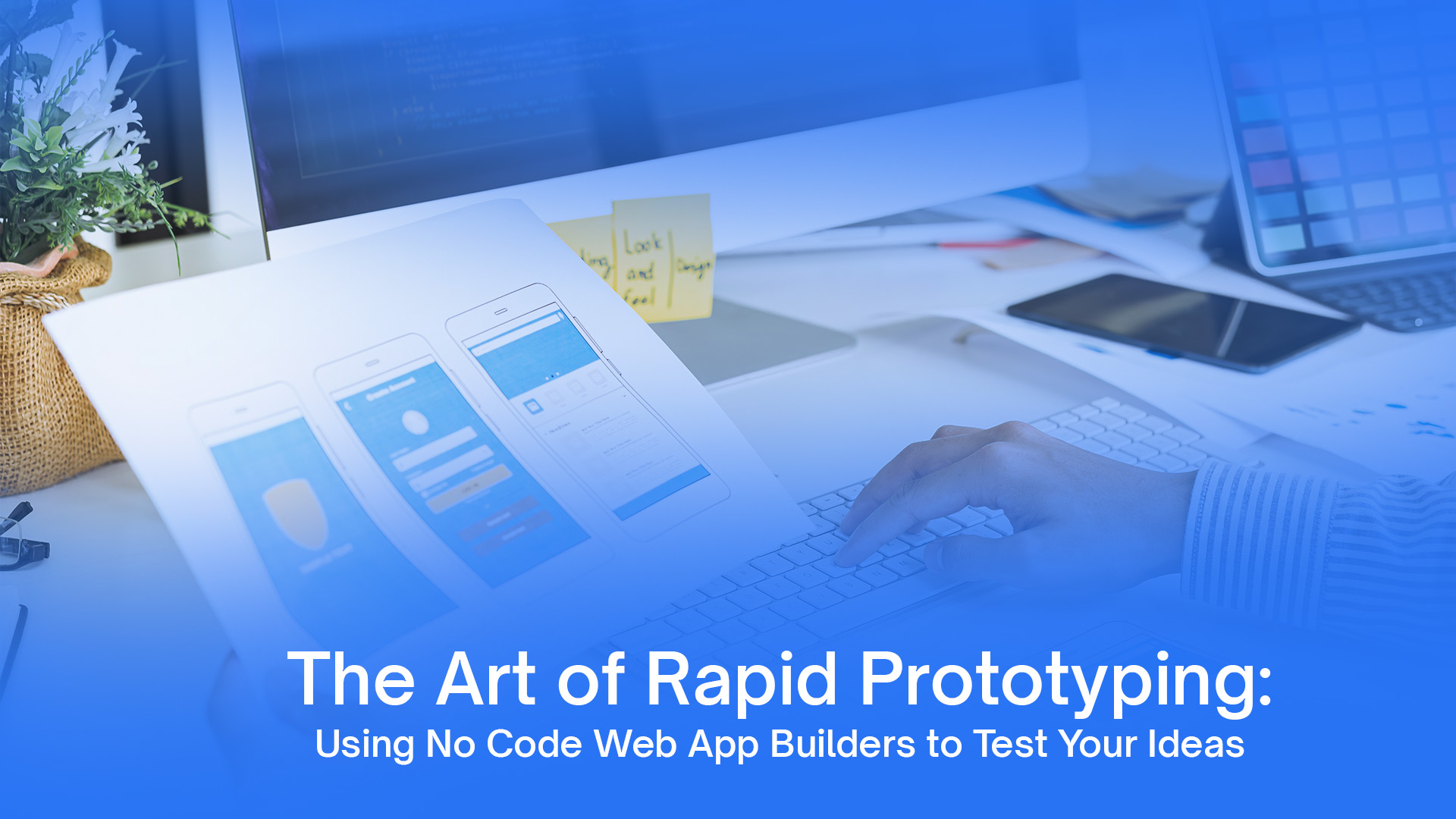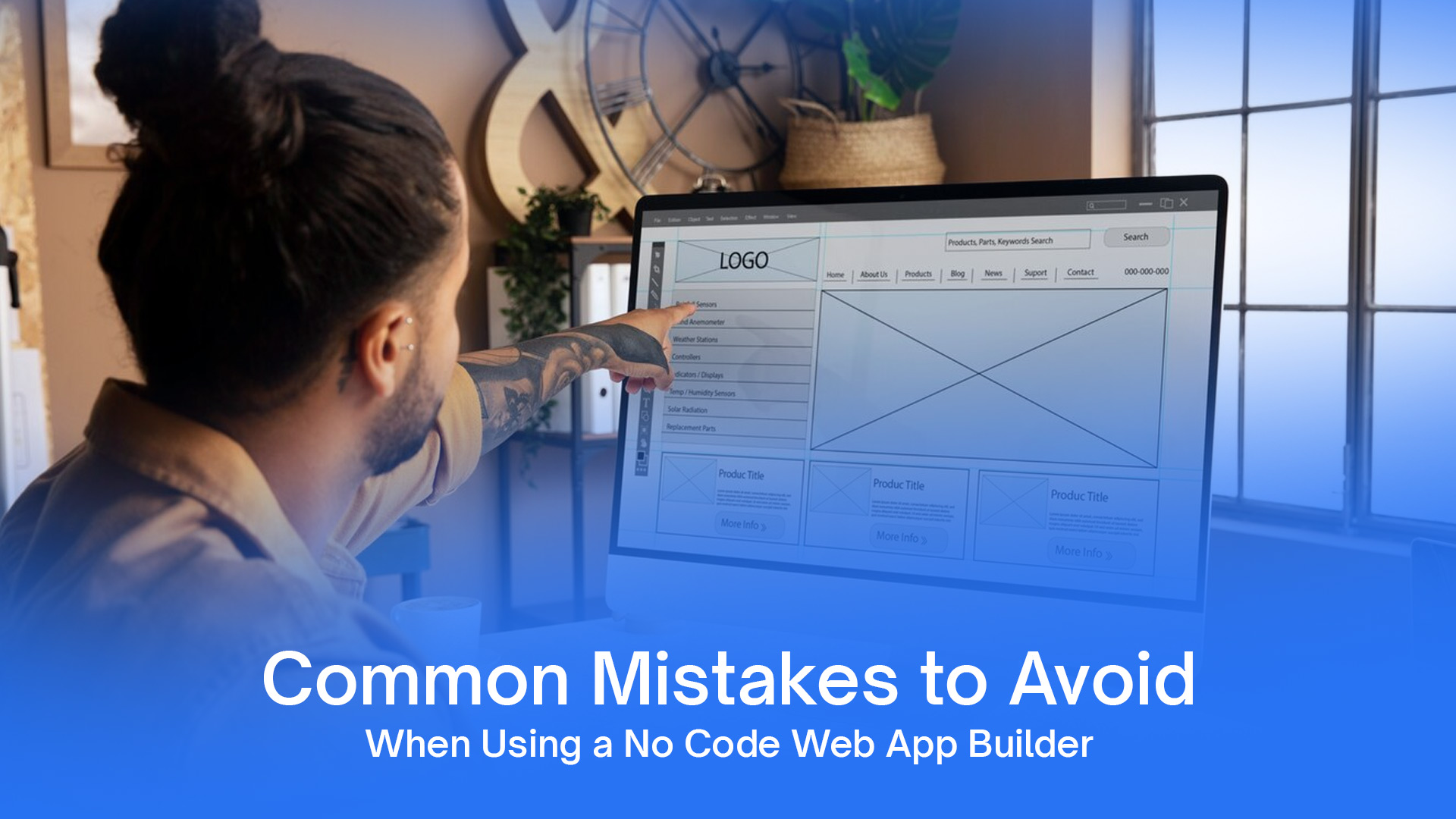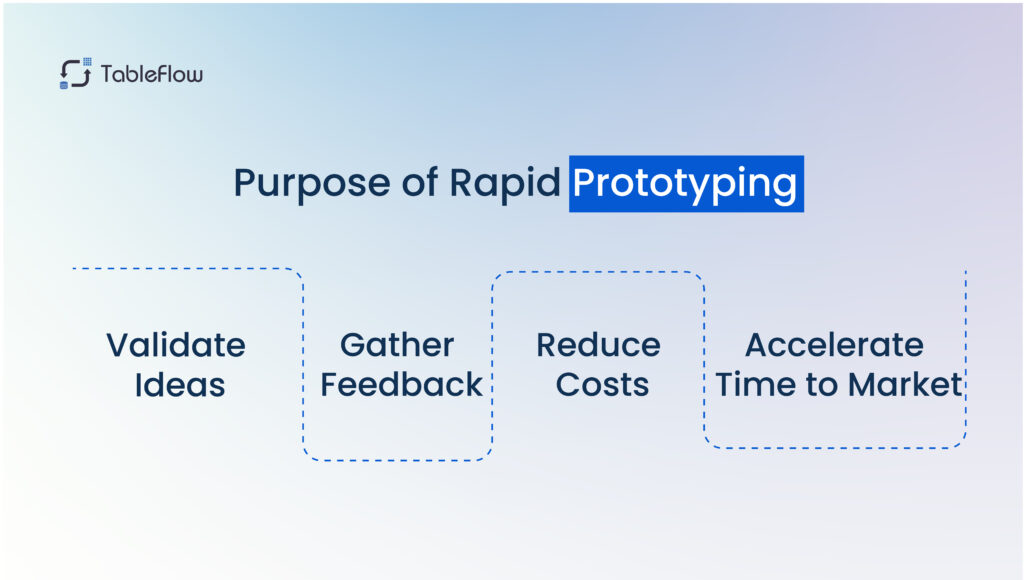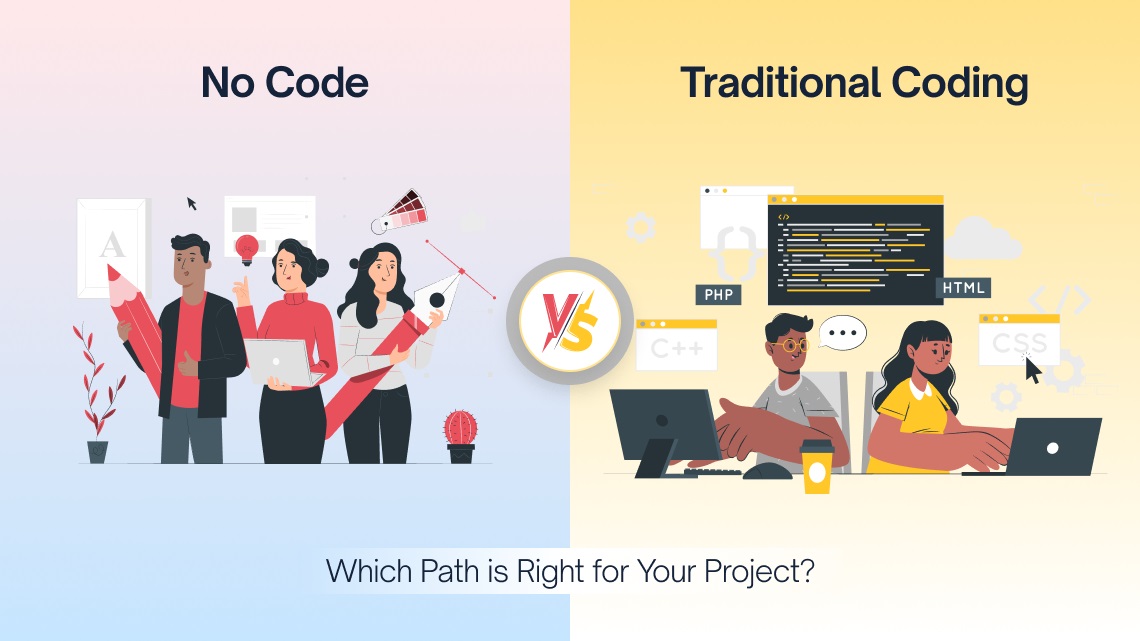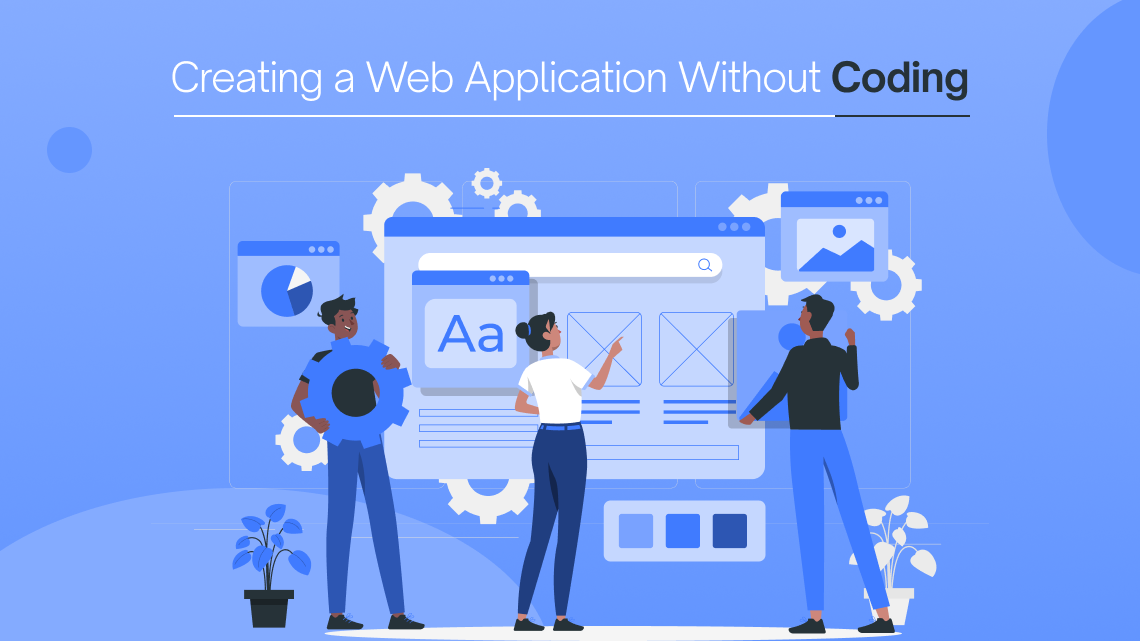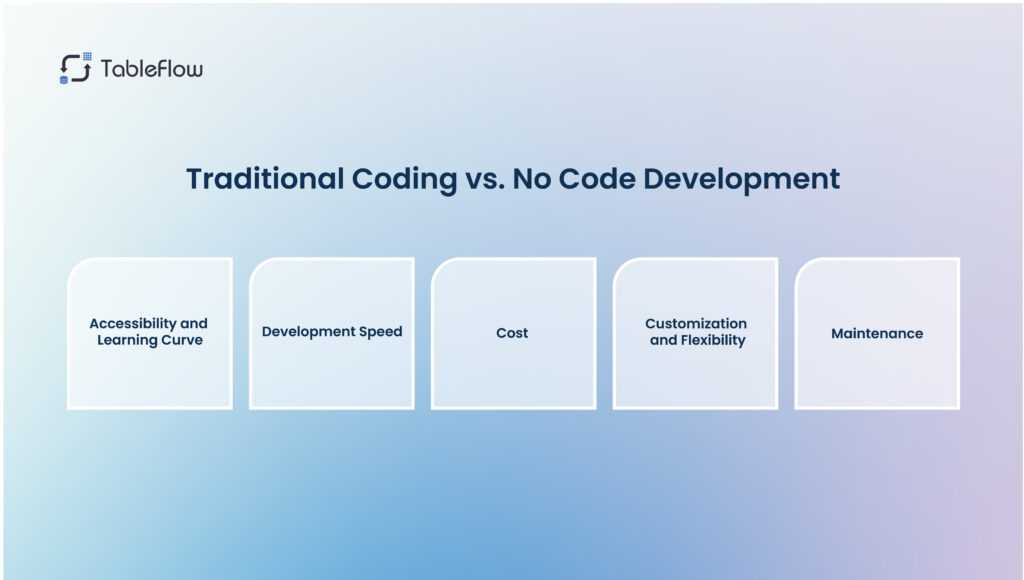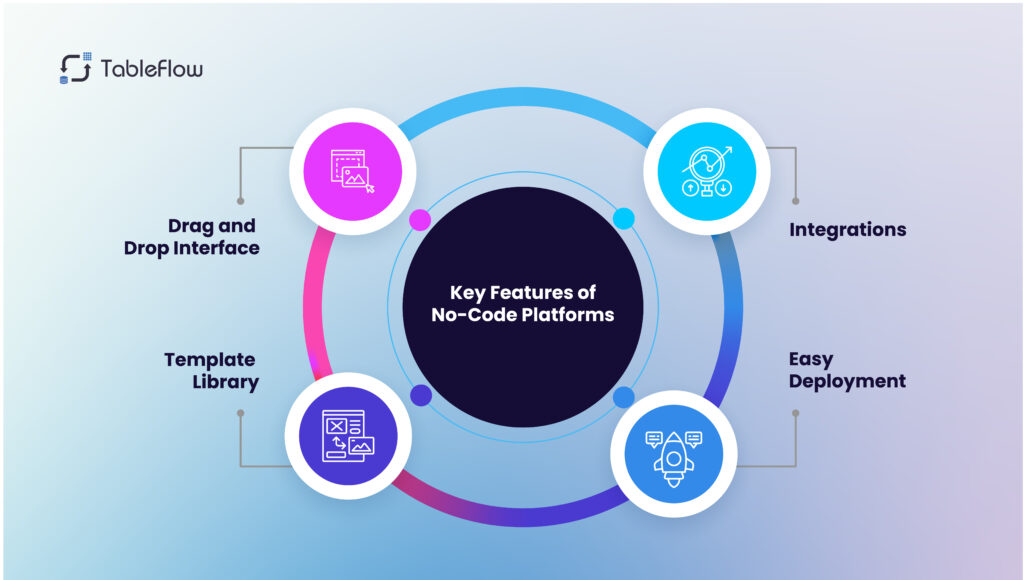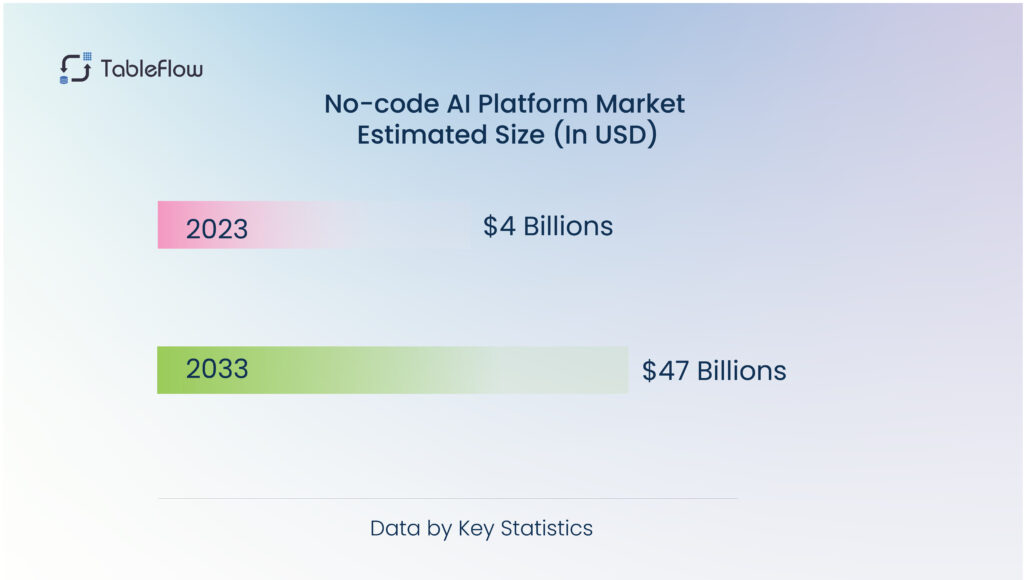Customer Relationship Management (CRM) systems are vital for modern businesses, helping them streamline customer interactions, improve satisfaction, and foster growth. However, for many small and medium-sized enterprises (SMEs), traditional CRM systems often create more challenges than they solve. From complexity to high costs, these obstacles can make it difficult to fully realize the potential of a CRM.
In this guide, we’ll explore the key challenges businesses face with traditional CRMs and show how Tableflow, a no-code web app builder, offers a smarter, simpler way to overcome them.

The Challenges of Traditional CRMs
1. Complexity & Low User Adoption
Many CRMs come packed with features that look impressive but can overwhelm users. Employees often find these systems too complicated to navigate, leading to low adoption rates. Without widespread usage, businesses struggle to see the return on their CRM investments.
2. Integration Roadblocks
A CRM’s true value lies in its ability to unify various business tools—like accounting software or marketing platforms. But traditional CRMs often face compatibility issues, disrupting workflows and leaving teams frustrated.
3. Lack of Customization
Every business is unique, but many CRMs are rigid. Tailoring these systems usually requires heavy development efforts, which can be time-consuming and costly.
4. Data Quality Challenges
Duplicate records, inconsistent data entry, and siloed information often plague traditional CRMs. Poor data quality makes it difficult to generate reliable insights, and cleaning up the data can drain resources.
5. Cost & Scalability Issues
For SMEs, traditional CRMs are often too expensive. High licensing fees, setup costs, and limited scalability make them impractical for smaller businesses that need room to grow.
6. Poor User Experience
Slow response times and clunky interfaces are common complaints. A poor user experience not only frustrates employees but also limits the CRM’s ability to support key business goals.
How Tableflow Solves CRM Challenges
Tableflow is a powerful no-code web app builder that redefines CRM management, addressing these challenges with innovative solutions. Here’s how:
1. User-Friendly Design
Tableflow’s intuitive, drag-and-drop interface makes it easy for anyone—regardless of technical expertise—to build and manage CRM workflows. By simplifying the process, Tableflow ensures high adoption rates among employees.
2. Seamless Integrations
With Tableflow, connecting your CRM to existing tools is effortless. Whether it’s accounting software, email marketing platforms, or analytics dashboards, this no-code CRM application ensures smooth data flow across all systems, eliminating workflow bottlenecks.
3. Full Customization Without Code
Unlike traditional CRMs, Tableflow allows you to create a system tailored to your business needs without writing a single line of code. This flexibility lets you adapt quickly to changes, saving time and money.
4. High-Quality Data Management
Tableflow includes robust tools for data validation, deduplication, and management. These features ensure your CRM remains a reliable source of actionable insights, helping your team make smarter decisions.
5. Affordable & Scalable
Designed with SMEs in mind, Tableflow provides a cost-effective alternative to traditional CRMs. Its scalable architecture allows your CRM to grow with your business, avoiding expensive upgrades.
6. Enhanced User Experience
Built for end-users, Tableflow delivers a responsive and intuitive experience. With fast load times and a clean layout, your team can focus on building relationships with customers instead of wrestling with software.
Real-World Impact: A Success Story
Consider the example of a mid-sized retail company struggling with manual customer data management. By using Tableflow’s no-code webapp builder, they created a custom CRM tailored to their operations. This led to:
- A 60% reduction in data entry errors.
- A 40% increase in team productivity.
- A 20% rise in repeat business thanks to improved customer satisfaction.
This transformation highlights how Tableflow empowers businesses to overcome traditional CRM challenges.
Getting Started with Tableflow
Ready to develop a CRM that works for your business? Follow these steps:
- Identify Your Pain Points: Assess the specific challenges your current CRM system poses.
- Leverage No-Code Tools: Use Tableflow’s web app builder no-code platform to design a custom CRM.
- Integrate & Customize: Connect Tableflow to your existing tools and refine workflows for maximum efficiency.
- Monitor & Improve: Gather feedback from your team and continuously optimize the system as your business evolves.
Conclusion: Simplify Your CRM Journey with Tableflow
Traditional CRMs may be full of hurdles, but they don’t have to be. Tableflow’s no-code CRM application offers a smarter, more accessible solution. Whether you need to develop web applications without coding or create a no-code sales automation system, Tableflow is your go-to platform.
By adopting Tableflow, you can:
- Boost efficiency with tailored solutions.
- Enhance customer satisfaction with high-quality data.
- Drive sustainable growth by scaling your CRM alongside your business.
Don’t let CRM challenges hold you back. Start building a system that truly works for you with Tableflow today.

